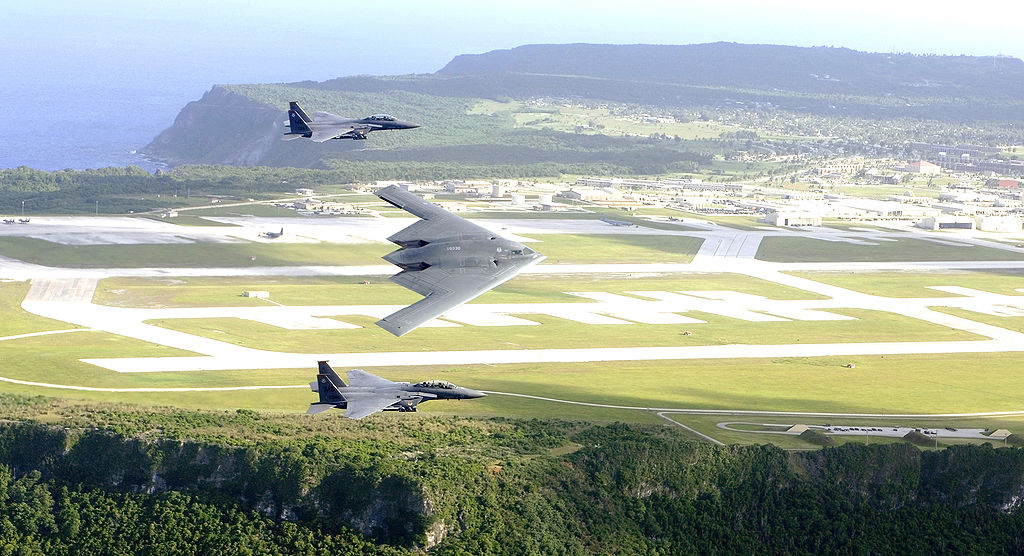
Hardly a month after ending the US’ permanent strategic bomber presence in Guam, B1 bombers were called back to the Indo-Pacific region to conduct aerial drills and reconnaissance missions. Despite a seemingly erratic pattern, the exercise is in line with the strategy unveiled in 2018.
From 2004 to April of 2020, the US Air Force had maintained a constant presence of strategic B-1 and B-52 bombers in Guam, as part of its global presence and its training agreements with Japanese Forces. Recently, it announced that it was putting an end to this permanent stance, and pulled out its bombers from the 9th bomb squadron, back to Dyess Air Force Base, in Texas. The absence of American strategic bombers did not last a month, as a group of 4 B-1B bombers returned to Andersen base, in Guam. There, they conducted various “theater familiarization drills” with F-16 fighters from the Japanese Air Force, as well as F-2s, a license-built Japanese version of the F-16 built by Mitsubishi.
As surprising as the turnaround decision may seem, it is in line with the US Air Force’s “unpredictability” strategy launched in 2018, consisting in random movements of strategic assets and low visibility, to hamper any strategy being formed against their forces. In accordance with this strategy, the US Air Force command released a statement, saying: “U.S. strategic bombers will continue to operate in the Indo-Pacific, to include Guam, at the timing and tempo of our choosing”, a wilfully obscure wording.
The United States is contending with the rising influence of China in the Indo-Pacific region, as well as Russia’s military resurgence – both countries increasing their aerial forces. The B-1B is faster and longer-reaching than the B-52, and is able to conduct a very large array of missions. Tasks include reconnaissance, targeting, ship destruction, strategic bombing and bunker-busting. It is also able to self-protect and travel at supersonic speeds.





